Best Furniture for Creating a Bohemian Living Room
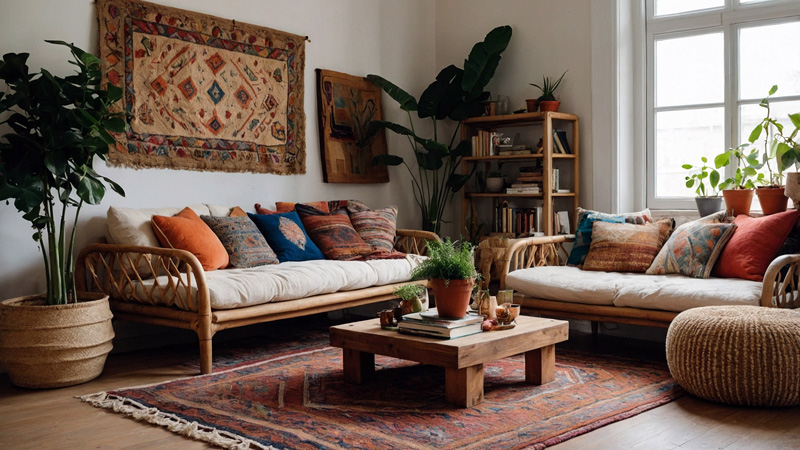
Contents
- Introduction
- What Makes a Bohemian Living Room Unique?
- 1. Start with a Neutral Base
- 2. Mix and Match Textures
- 3. Incorporate Vintage Furniture
- 4. Add Plenty of Plants
- 5. Use Bold Patterns and Colours
- 6. Layer Rugs for a Cosy Feel
- 7. Choose Low-Slung Furniture
- 8. Add Personal Touches
- 9. Use Lighting to Create Ambiance
- 10. Don’t Overthink It
- Conclusion
Introduction
Bohemian style, often shortened to “boho,” is more than just a design trend—it’s a celebration of freedom, individuality, and the beauty of imperfection. Rooted in the 19th-century counterculture of artists, writers, and wanderers who rejected rigid societal norms, boho design today remains a rebellion against uniformity. A bohemian living room isn’t about following strict rules; it’s about curating a space that feels lived-in, layered, and deeply personal.
At its core, boho design thrives on contrast: vintage meets modern, bold colors dance with neutral tones, and rough textures soften against smooth surfaces. Furniture plays a starring role in this narrative, serving as both functional pieces and storytellers. Whether you’re drawn to the warmth of handcrafted wood, the earthiness of rattan, or the vibrancy of patterned textiles, the right furniture can transform a room into a reflection of your unique journey. This guide will break down how to choose and arrange furniture to capture that effortless, eclectic boho spirit.
What Makes a Bohemian Living Room Unique?
A bohemian living room is defined by its refusal to conform. Unlike minimalist or traditional styles, which adhere to specific aesthetics, boho spaces are a mishmash of influences—think Moroccan rugs, Indian textiles, mid-century modern chairs, and vintage trinkets from global travels.
What ties it all together? A focus on feeling over form. These rooms feel cozy yet dynamic, chaotic yet harmonious. They prioritize personality over perfection, with furniture and decor that often have a “lived-in” quality—scratched wooden tables, faded upholstery, or handwoven fabrics with slight irregularities.
Boho design also embraces abundance: layers of rugs, piles of throw pillows, shelves overflowing with books and plants, and furniture that invites relaxation (think floor cushions instead of stiff armchairs). It’s a style that says, “This space is for living, not just looking.”
1. Start with a Neutral Base
A neutral foundation acts as a blank canvas, allowing bold colors, patterns, and textures to shine without overwhelming the room. It’s the quiet backdrop that makes boho’s more exuberant elements feel balanced.
Choosing the Right Neutral Tones
Opt for warm neutrals like beige, cream, soft taupe, or light gray. These hues feel inviting and pair well with rich jewel tones (burgundy, emerald) or earthy shades (terracotta, mustard) common in boho design. Avoid stark whites, which can feel too cold; instead, lean into off-whites with subtle undertones (e.g., a hint of pink or green) for warmth.
Layering Color Without Clashing
A neutral sofa, for example, becomes a versatile base for vibrant throw pillows in paisley or geometric prints, a fringed wool blanket in burnt orange, or a knit pouf in deep purple. The key is to limit bright colors to accessories, letting the neutral furniture ground the space.
Neutral Walls as a Canvas
Paint walls in soft neutrals to make larger decor pieces—like a macramé wall hanging, a vintage tapestry, or a gallery of mismatched framed art—stand out. For added texture, consider limewash or plaster finishes, which add subtle depth without competing with other elements.
2. Mix and Match Textures
Texture is the heartbeat of boho design. It adds tactile interest, making the room feel rich and multidimensional. By combining materials with varying finishes, you create a space that begs to be touched and explored.
Exploring Key Textures for Bohemian Spaces
- Rattan/Wicker: Natural, woven materials like rattan chairs or a wicker side table add organic warmth and a laid-back, tropical vibe.
- Leather: Distressed leather (think a vintage armchair or a leather ottoman) brings ruggedness and age, contrasting beautifully with softer fabrics.
- Wool/Cotton: Chunky knit blankets, shaggy rugs, or embroidered cushions introduce softness and coziness.
- Wood: Reclaimed wood coffee tables or carved wooden shelves add rustic charm and visual weight.
Balancing Rough and Smooth
Pair rough textures with smooth ones to avoid a chaotic feel. For example, a rattan chair (rough) can sit beside a sleek, polished wooden side table (smooth), while a wool rug (fuzzy) can anchor a leather sofa (sleek).
Unexpected Texture Combinations
Don’t shy away from unlikely pairings: a metal Moroccan lantern (shiny) hanging above a jute rug (fibrous), or a velvet cushion (slinky) placed on a burlap-upholstered bench (coarse). These contrasts keep the eye moving and add intrigue.
3. Incorporate Vintage Furniture
Vintage pieces are non-negotiable in boho design. They carry history, character, and a sense of story that new, mass-produced furniture can’t replicate. A well-chosen vintage item often becomes the room’s focal point.
Where to Source Authentic Vintage Pieces
- Flea markets and garage sales: Ideal for finding one-of-a-kind items like a 1960s teak coffee table or a mid-century floral armchair at a budget-friendly price.
- Thrift stores: Often hide gems like vintage trunks (which double as storage or a side table) or embroidered throw pillows from the 1970s.
- Family heirlooms: A grandmother’s wooden rocking chair or a parent’s old record player adds sentimental value and a personal touch.
The Charm of Imperfection
Scratches, faded upholstery, or minor dents in vintage furniture are not flaws—they’re part of the appeal. A chipped ceramic vase or a wooden cabinet with worn paint tells a story, making the room feel authentic and lived-in.
Mixing Eras for Eclecticism
Combine pieces from different decades to avoid a “theme park” vibe. For example, a 1950s Danish modern sofa can work with a 1970s macramé plant hanger and a 1920s brass floor lamp. The key is to balance proportions: a bulky vintage armchair pairs well with a sleek, modern side table to keep the space from feeling cluttered.
4. Add Plenty of Plants
Plants are essential in boho design—they bring life, color, and a connection to nature, softening hard edges and adding freshness. A boho living room should feel like a lush, indoor jungle.
Selecting the Perfect Plants for Your Space
- Large Floor Plants: Fiddle leaf figs, monsteras, or bird of paradise add height and drama, perfect for empty corners.
- Small Potted Plants: Succulents, pothos, or air plants fit on shelves, side tables, or windowsills, adding greenery without taking up too much space.
- Hanging Plants: String of pearls or pothos in macramé hangers free up floor space and add visual interest at eye level.
Macramé and Beyond: Styling Plant Displays
Macramé plant hangers are a boho staple, but don’t stop there. Use vintage teacups as planters for succulents, or repurpose an old wooden ladder as a plant stand. Terra cotta pots painted with bold patterns (stripes, polka dots) add a playful touch.
Creating an Indoor Jungle Vibe
Cluster plants of varying heights to mimic a natural ecosystem. Place a tall fiddle leaf fig next to a medium-sized snake plant, and tuck small potted herbs (like basil or mint) on a nearby shelf. Add trailing plants (e.g., philodendron) to hang over the edge of bookshelves for a wild, untamed look.
5. Use Bold Patterns and Colours
Boho design rejects subtlety when it comes to color and pattern. It’s a style that celebrates vibrancy, mixing prints and hues to create energy and personality. The trick is to do it intentionally, so the room feels lively—not chaotic.
Building a Cohesive Color Palette
- Pick 2–3 dominant colors to anchor the space, then use complementary shades to add depth. For example:
- A base of terracotta and mustard: Pair with deep greens and burnt sienna for warmth.
- A foundation of navy and emerald: Accent with gold and coral for contrast.
- Stick to this palette across furniture and decor to keep patterns from clashing.
Mixing Patterns Without Chaos
Combine patterns of different scales to avoid overwhelm:
- Large-scale patterns (e.g., a floral rug) can be balanced with small-scale patterns (e.g., polka dot throw pillows).
- Contrasting styles work too: A geometric-patterned sofa can pair with a floral curtain, as long as they share a common color (e.g., both include navy).
Statement Pieces with Bold Designs
A patterned rug is often the starting point for a boho room—choose one with a bold, intricate design (Persian, Moroccan, or tribal) to set the tone. From there, echo its colors in smaller pieces: a striped armchair, a floral tapestry, or geometric-patterned curtains.
6. Layer Rugs for a Cosy Feel
Layering rugs adds warmth, texture, and visual interest, turning a plain floor into a focal point. It’s a simple way to make the room feel cozy and intentional.
Choosing Base Rugs for Durability
Start with a large, neutral rug (8x10ft or larger) made of durable material like wool or jute. Wool resists stains and adds softness, while jute brings a natural, rustic texture. This base rug defines the room’s footprint and anchors heavier furniture (sofas, armchairs).
Accent Rugs to Add Personality
Layer a smaller, patterned rug (5x7ft or smaller) on top. Look for bold designs—think a vintage kilim, a shaggy rug in a bright color, or a rug with tasseled edges. Place it at an angle or offset from the base rug to create movement.
Layering Techniques for Visual Interest
- Mix textures: A jute base rug + a plush, shaggy accent rug = contrast that feels luxurious.
- Overlap partially: Let the base rug peek out from under the accent rug to show both patterns.
- Add a third, even smaller rug: For extra eclecticism, tuck a tiny, colorful rug (e.g., a handwoven dhurrie) near a seating area.
7. Choose Low-Slung Furniture
Low-slung furniture—pieces that sit close to the floor—creates a relaxed, informal vibe, perfect for boho’s laid-back ethos. It encourages conversation and comfort, making the room feel approachable.
Defining Low-Slung: Height and Proportion
Low-slung furniture typically sits 12–18 inches off the floor (compared to standard sofas, which are 18–24 inches). This lower profile opens up the room visually, making it feel more spacious, and creates a sense of intimacy.
Functional Low-Slung Pieces
- Floor sofas/daybeds: Perfect for lounging, with cushions that double as extra seating for guests.
- Low coffee tables: Made of wood, rattan, or even repurposed crates—they’re easy to reach from floor seating.
- Ottomans and poufs: Serve as footrests, extra seats, or even small tables (top with a tray for drinks).
Materials for Low-Slung Designs
Opt for natural materials that enhance the relaxed vibe:
- Cotton or linen upholstery in neutral tones (easier to pair with bold decor).
- Rattan or bamboo frames for a lightweight, airy look.
- Reclaimed wood for coffee tables, adding rustic charm.
8. Add Personal Touches
A bohemian living room should feel like yours—a reflection of your travels, hobbies, and memories. Personal touches turn a styled space into a home.
Artwork That Tells Your Story
Hang art that resonates with you: a watercolor from a trip to Greece, a print of your favorite poem, or even your own sketches. Mix frame styles—vintage gold, weathered wood, or sleek black—to add eclecticism. Arrange them in a gallery wall with uneven spacing for a casual look.
Sentimental Objects as Decor
Display items with meaning:
- A collection of vintage postcards from family members.
- A seashell from your first beach vacation.
- A handwritten letter framed on a shelf.
These pieces spark joy and conversation, making the room feel unique.
DIY Elements for Authenticity
Handmade decor adds warmth and one-of-a-kind charm. Try:
- A macramé wall hanging you crafted yourself.
- Candles in jars painted with watercolors.
- A woven basket made from old t-shirts.
DIY pieces don’t need to be perfect—their imperfection is part of their appeal.
9. Use Lighting to Create Ambiance
Lighting sets the mood in a boho living room, transforming it from bright and energetic during the day to cozy and intimate at night. Layer different light sources to add depth.
Layered Lighting: Ambient, Task, and Accent
- Ambient light: String lights draped over a bookshelf or woven through a macramé hanger create a soft, diffused glow.
- Task light: A vintage brass floor lamp next to a reading chair provides focused light for reading or working.
- Accent light: Small lanterns or candleholders on a coffee table highlight specific areas, adding warmth.
Bohemian Lighting Fixtures
- Moroccan lanterns: With cut-out patterns that cast intricate shadows on walls.
- Vintage chandeliers: Repurposed from old homes, with mismatched crystals for a quirky look.
- Colored glass pendant lights: In hues like amber or teal, adding a pop of color while softening light.
Soft Glow Techniques
Use dimmer switches to adjust brightness, and opt for warm white bulbs (2700K–3000K) instead of cool white, which can feel harsh. Candles in terra cotta or brass holders add flicker and romance, perfect for evening gatherings.
10. Don’t Overthink It
Boho design is about intuition, not precision. It’s okay if things don’t “match”—in fact, that’s part of the charm.
Trusting Your Instincts in Design
If you love a piece, even if it doesn’t fit traditional “rules,” include it. A neon sign might seem out of place with a vintage sofa, but if it makes you smile, it belongs.
Embracing Evolution in Your Space
Your boho room doesn’t need to be finished overnight. Add pieces over time—find a vintage rug on a weekend trip, inherit a family chair, or swap out pillows with the seasons. The space will grow with you, becoming more meaningful.
The Joy of Imperfect Harmony
A lopsided bookshelf, a rug that’s slightly askew, or a mix of patterns that “shouldn’t” work—these are the things that make a boho room feel alive. Perfection is boring; embrace the chaos.
Conclusion
Creating a bohemian living room is an act of self-love. It’s about surrounding yourself with furniture and decor that tell your story, spark joy, and make you feel at ease. By starting with a neutral base, mixing textures, incorporating vintage finds, and leaning into bold colors and patterns, you’ll craft a space that’s as unique as you are.
Remember, there are no strict rules—only guidelines to help you lean into your creativity. Whether you’re drawn to rattan chairs, macramé plant hangers, or a mismatched collection of vintage rugs, the “best” boho furniture is whatever makes your living room feel like home. So grab that thrifted armchair, hang those string lights, and let your personality shine. Your bohemian oasis awaits.


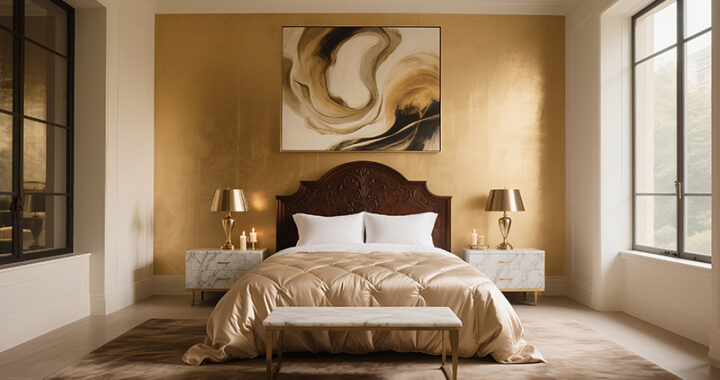 Home Decor Ideas to Make Your Home Feel Like a Luxury Hotel
Home Decor Ideas to Make Your Home Feel Like a Luxury Hotel 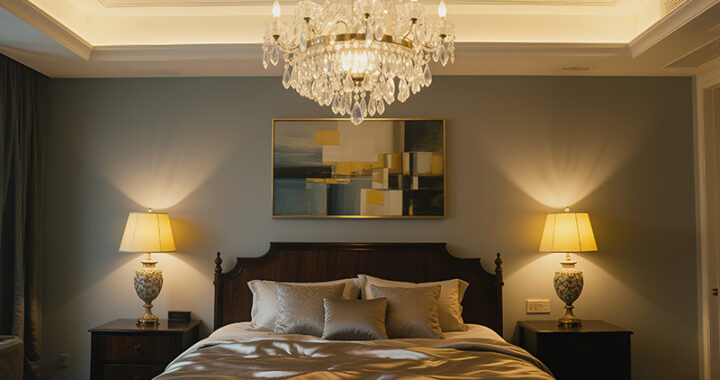 Best Luxury Accent Lighting for Every Room
Best Luxury Accent Lighting for Every Room 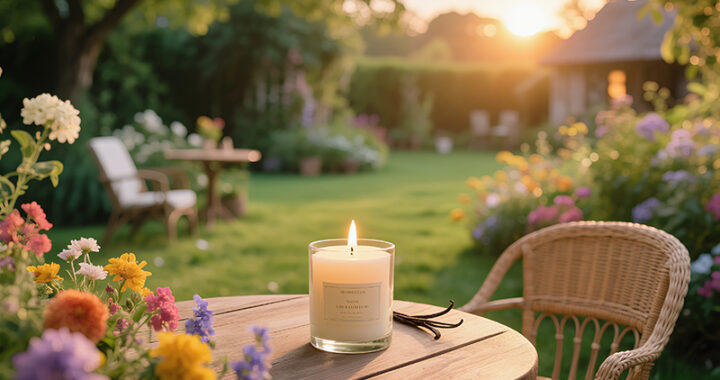 Best Luxury Candles for a Cozy and Elegant Home
Best Luxury Candles for a Cozy and Elegant Home 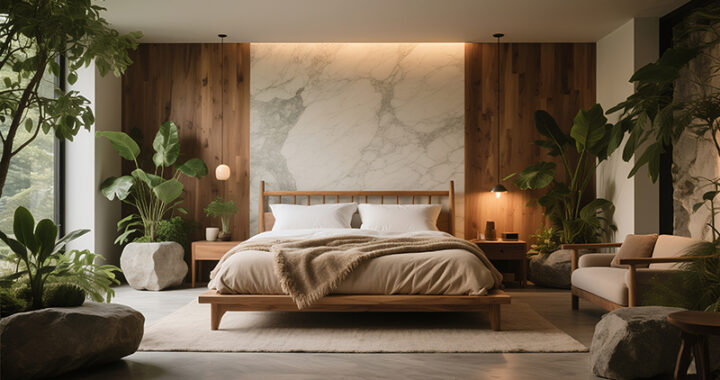 Best Luxury Bed Frames for a Stylish Bedroom
Best Luxury Bed Frames for a Stylish Bedroom 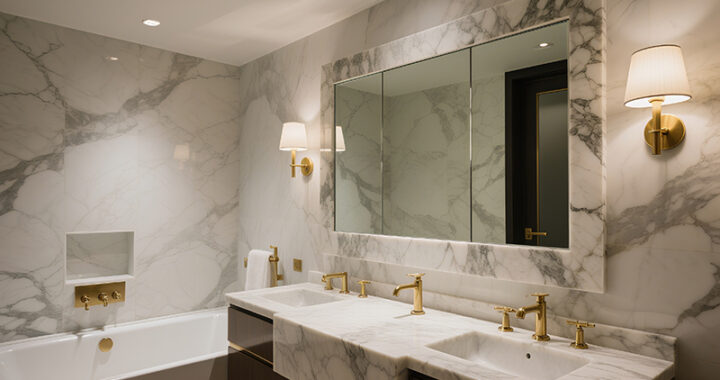 Best Luxury Bathroom Mirrors for a Stylish Touch
Best Luxury Bathroom Mirrors for a Stylish Touch 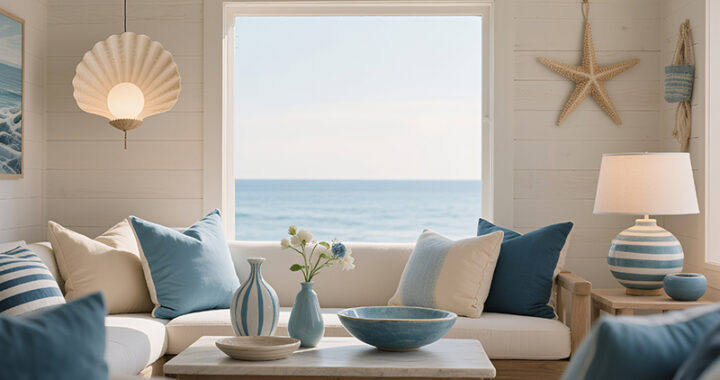 Luxury Coastal Home Decor Ideas: Elevate Your Beach House with Timeless Elegance
Luxury Coastal Home Decor Ideas: Elevate Your Beach House with Timeless Elegance